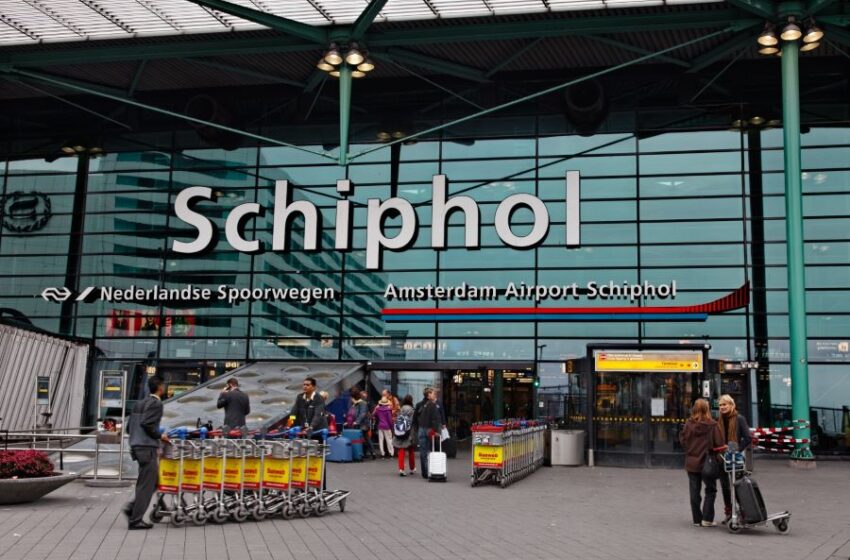
Dutch Government Plan Fewer Flights at Schiphol Airport
The Netherlands Government is planning to reduce the annual flight movements at Schiphol Airport to reduce noise pollution around the airport by 17%, the Ministry of Infrastructure and Water Management said on Wednesday.
This was decided by the Cabinet which will submit an amended package of measures as part of the balanced approach procedure for reducing noise pollution around Schiphol. The outcome of this is a reduction with a bandwidth of 475,000 to 485,000 aircraft movements.
Amsterdam Schiphol Airport is required to reduce the noise nuisance caused by aircraft during landing and take-off, for instance by using approach paths and runways that cause less nuisance to local residents. At night the airport is only allowed to use one runway for landing and one for take-off, according to the Ministry.
The present government wants to see flight movements fall and the new limit on air traffic will take effect from November 2025 at the start of the winter flying season. That would equate to a cut of 3% to 5% at the airport just outside of Amsterdam, the Dutch media reports said.
The cuts are described as modest and will only trim between 3% and 5% of the airport’s flight movements. It will also reduce night time flights from the current cap of 32,000 flights to 27,000 flights, the reports said.
Schiphol is the second-largest airport in the European Union, and a large percentage of its aircraft are international. The government owns almost 70% of the airport’s parent company, Royal Schiphol Group, along with 9.1% of the Air France-KLM group (the parent company of KLM).
The previous Cabinet wanted to cap the number of flight movements at 460,000 to 470,000, which included decreasing the total number of yearly overnight flights from 32,000 to 27,000. The government said last summer that the cut was critical to meet climate change goals, and to fulfil commitments to area residents to reduce noise disruptions, particularly overnight.
Minister Confirms
Minister for Infrastructure and Water Management Barry Madlener confirmed that the total number of overnight flights will still remain at the previous Cabinet’s limit of 27,000.
He also noted that airlines have taken their own measures to reduce noise pollution. KLM and Transavia have committed to using quieter aircraft at night, and Schiphol previously announced it will greatly increase fees against airlines that use louder airplanes.
The ministry also said that this will be the case even as the Cabinet eliminates the plan to briefly pause take-offs and landings in the afternoon on two runways – the Aalsmeerbaan and Zwanenburgbaan.
KLM and Cityhopper operated nearly 229,000 flights at Schiphol last year, making it the largest passenger airline operating there by far. In third place, Transavia ran another 30,500 flights, about 5,000 fewer than EasyJet.
Welcoming the government’s plans, KLM said that it continues to renew its fleet and as a result, noise levels will further decrease in the coming years.
The airline also said that they were looking forward to the European Commission’s assessment of the proposed measures with confidence so that a balanced package will soon be in place.
“This way we continue to connect the Netherlands with the rest of the world, in balance with the surroundings and take our responsibility to limit noise pollution,” the airline said.
At the same time, KLM said that it was concerned that the possible loss of historic slots could lead to retaliatory measures from other countries, resulting in the loss of connections important to the Netherlands as an international trading country.













